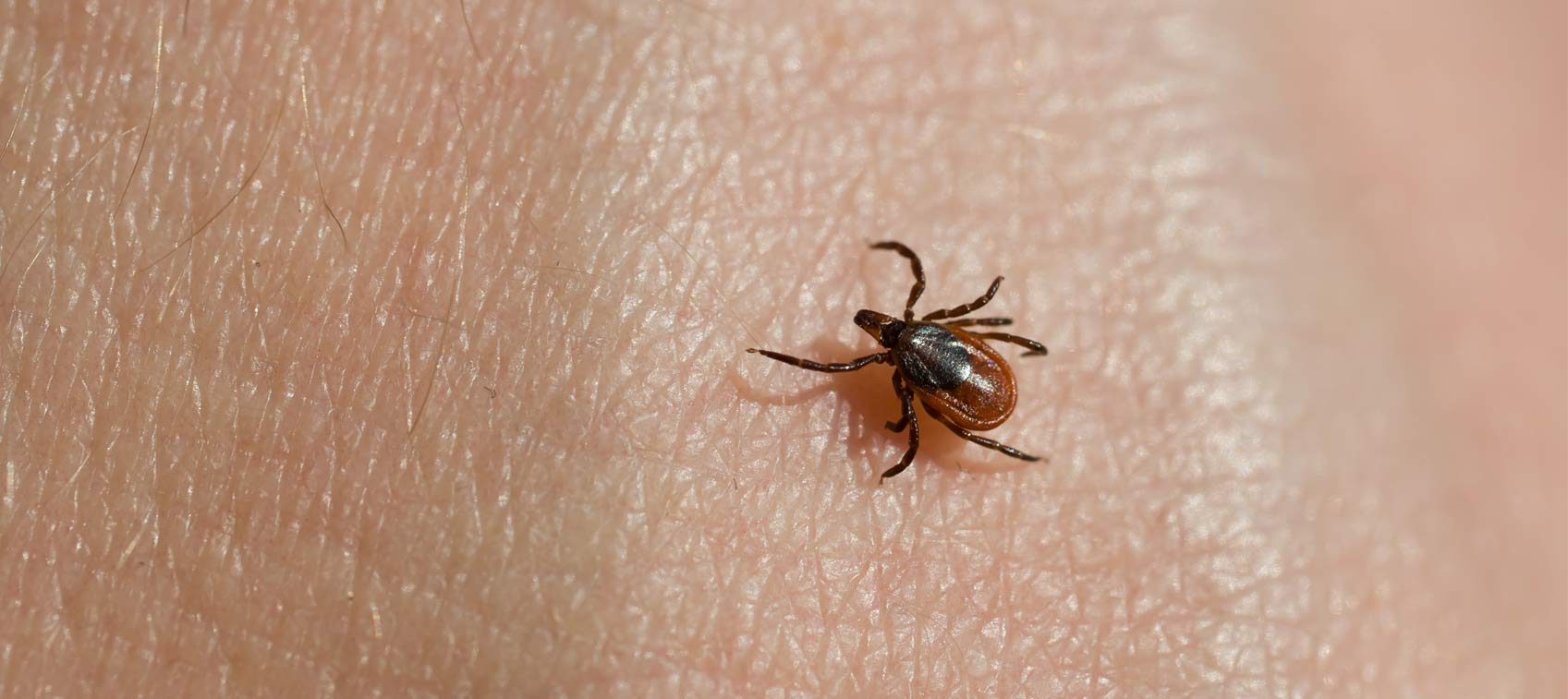
With every new summer comes increased prevalence of blacklegged ticks (also known as deer ticks), the insects that spread Lyme disease. These critters are now found in nearly every state and almost half of all US counties.
As you can imagine, the best Lyme disease treatment is prevention. Ticks thrive in humid, moist, wooded, and grassy environments, so wear long sleeves and pants in these areas, perform “tick checks” when you return indoors, and watch for fever and rash, two common signs of infection.
Immediate treatment with antibiotics is usually effective, but chronic Lyme disease is another story, and many patients suffer for years with misdiagnoses and ineffective therapies. If you’re dealing with chronic Lyme disease—or symptoms that can’t be explained or relieved—this is for you.
Lyme Disease Treatment: What Works/What Doesn't
Until two years ago, Debra Rae was always on the go. She worked full time, was involved with her family’s activities, and enjoyed hiking, snowboarding, Zumba, and mountain biking. Then her health began spiraling downhill.
“Within months, I went from active and healthy to feeling old and frail. My migrating symptoms included stabbing and shooting pain, numbness and tingling, stiffness and spasms, memory and attention difficulties, loss of balance and vertigo, vision problems and sensitivity to light and sound, gastrointestinal and bladder issues, shortness of breath and heart palpitations, skin rashes and night sweats, lack of energy, and more. In short, I was a wreck.
“I saw five doctors, including a neurologist, a rheumatologist, and an orthopedic specialist, and endured physical therapy for 12 weeks. I received about 50 pages of test results from X-rays, MRIs, and EMGs to blood and urine tests to rule out vitamin deficiency, heavy metal toxicity, hepatitis, lupus, rheumatoid arthritis, thyroid issues, and brain and spinal damage. No one was able to give me a diagnosis. My life was in shambles. I wasn’t able to do any of the activities I loved doing. I couldn’t even wear shoes because the pain was so bad.
“Then I went to the Whitaker Wellness Institute, where my physician immediately suspected Lyme disease, even though I could not remember ever having a tick bite. My tests came back positive, and he started me on antibiotics along with supplements and intravenous (IV) nutrient therapies to boost my immune system and reduce symptoms.
“Diagnosing Lyme disease and guiding me on the path to health has dramatically changed my quality of life. The pain is much better, and I can now wear shoes. My thinking is clearer, and I am reading again. I have more energy, and I am able to do chores, walk the dog, and take my son to soccer practice. We are going to Utah soon, and I am planning on snowboarding, which I haven’t been able to do for a very long time.”
Treating Lyme Disease: Beyond the Obvious
Everybody knows Lyme disease is an infection transmitted by deer ticks in wooded areas of the Northeastern US that causes a red bulls-eye rash and flu-like symptoms and is treated with antibiotics, right?
Yes and no. Lyme disease is caused by a bacterial infection, Borrelia burgdorferi, although many patients are also infected by other tick-borne pathogens that may cause even more problems. As noted above, infected ticks are not limited to the Northeast but are found throughout the US. More than 300,000 Americans are infected every year—10 times more than previously believed.
Only 50 percent of individuals infected with Lyme disease report the characteristic bulls-eye rash, and a similar number don’t recall a tick bite at all. Symptoms can run the gamut from transitory fever and achiness to severe, enduring, and debilitating pain and dysfunction affecting systems throughout the body.
The usual Lyme disease treatment is a two- to four-week course of antibiotics, which is often effective if the infection is diagnosed and treated right away. However, as many as 40 percent of patients end up with lots of chronic problems—Debra is a textbook case—and consult multiple doctors and suffer for years before getting a proper diagnosis.
Misdiagnoses, unfortunately, are all too common. Patients may be told they have autoimmune disorders, chronic fatigue, fibromyalgia, Parkinson’s, even hypochondria or other psychological problems. As a result, they may be given intensive, expensive drugs that have no chance of treating Lyme disease and may actually make them worse.
Lyme Disease Wars
The truth is, Lyme disease is in many ways a mystery. Conventional diagnostic lab tests are notoriously unreliable, and huge schisms exist in the medical community about how it should be treated.
In one corner of the “Lyme wars” is the large and influential Infectious Diseases Society of America, which contends that chronic, long-term Lyme infection doesn’t even exist. In the other corner are physicians who are willing to use more sophisticated testing and treat their patients with alternative therapies such as IV nutrients, hyperbaric oxygen, immune-boosting supplements, and/or longer and varying antibiotic regimens.
Unfortunately, insurance companies usually refuse to pay for “experimental” tests and Lyme disease treatments, and innovative doctors who treat Lyme disease are sometimes shunned or harassed by their conventional colleagues and medical boards.
Recommendations for Treating Lyme Disease
Chronic Lyme disease is a serious and stubborn condition, and there’s no simple solution that works for everyone.
Treatments I have used during my years practicing medicine have included intravenous therapies, such as immune-boosting glutathione and vitamin C, which has direct antimicrobial activity. Because Borrelia thrives in a low-oxygen environment, hyperbaric oxygen therapy is great because it saturates the system with oxygen. Medicinal herbs and nutritional supplements that support the body’s ability to fight infection, and low-dose naltrexone, a proven immune enhancer, are also good treatments. Finally, I recommend therapies like neurofeedback and EECP to help patients get on the road back to health.
The International Lyme and Associated Diseases Society is a good source of information and can guide you to experienced physicians.


